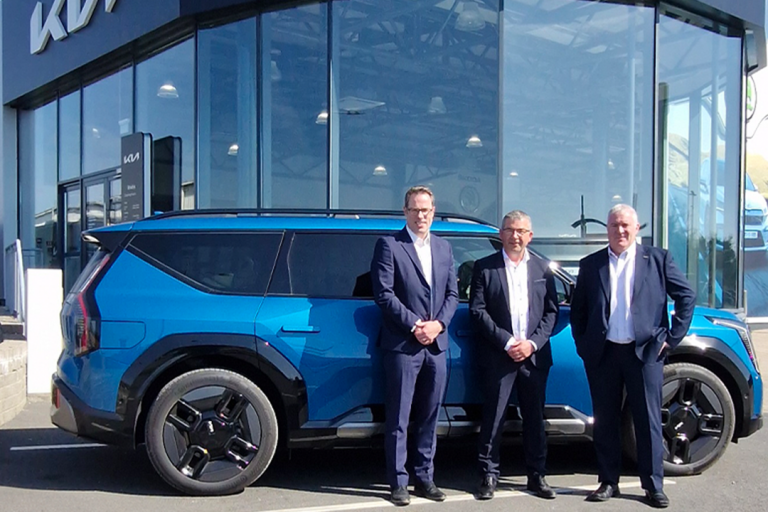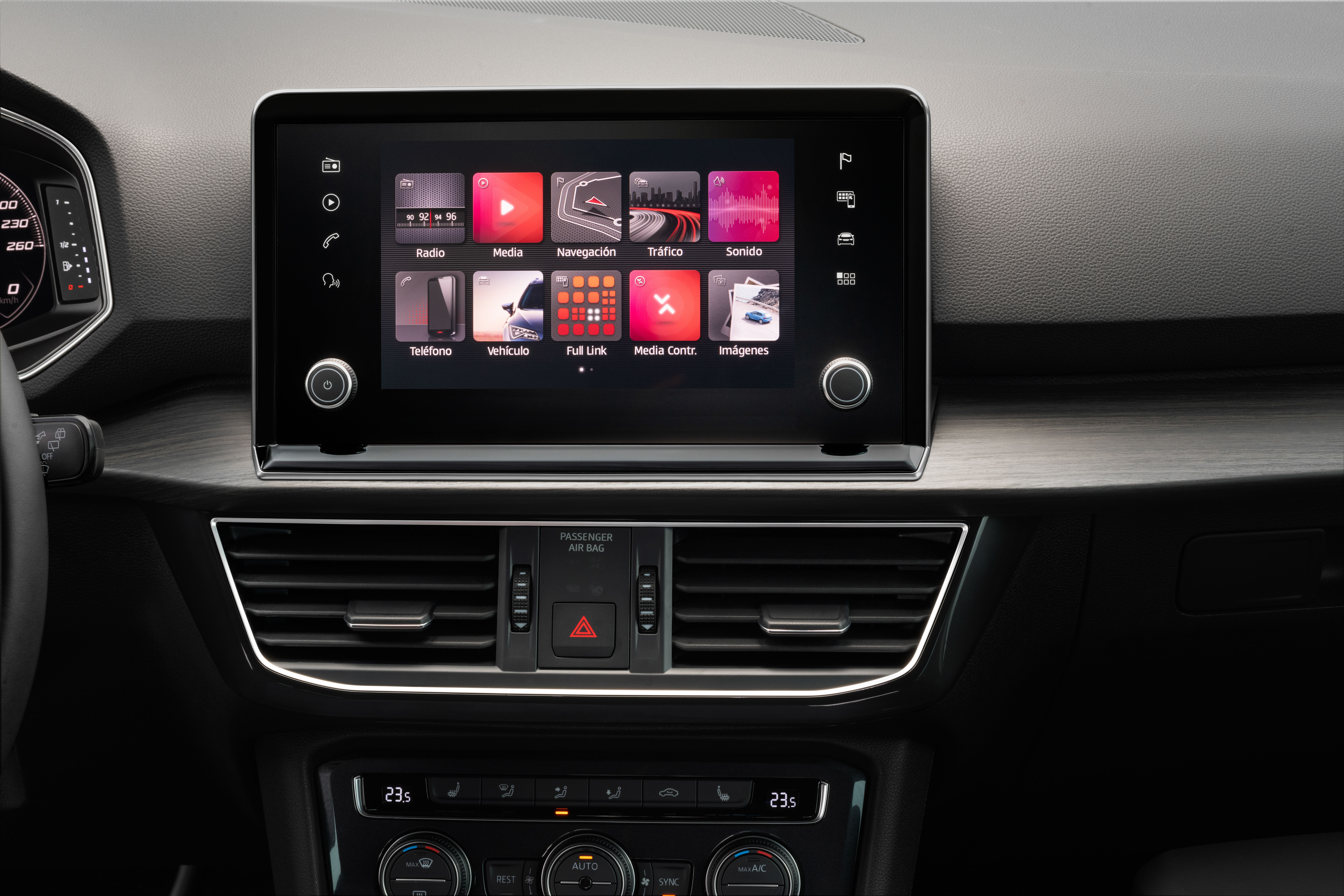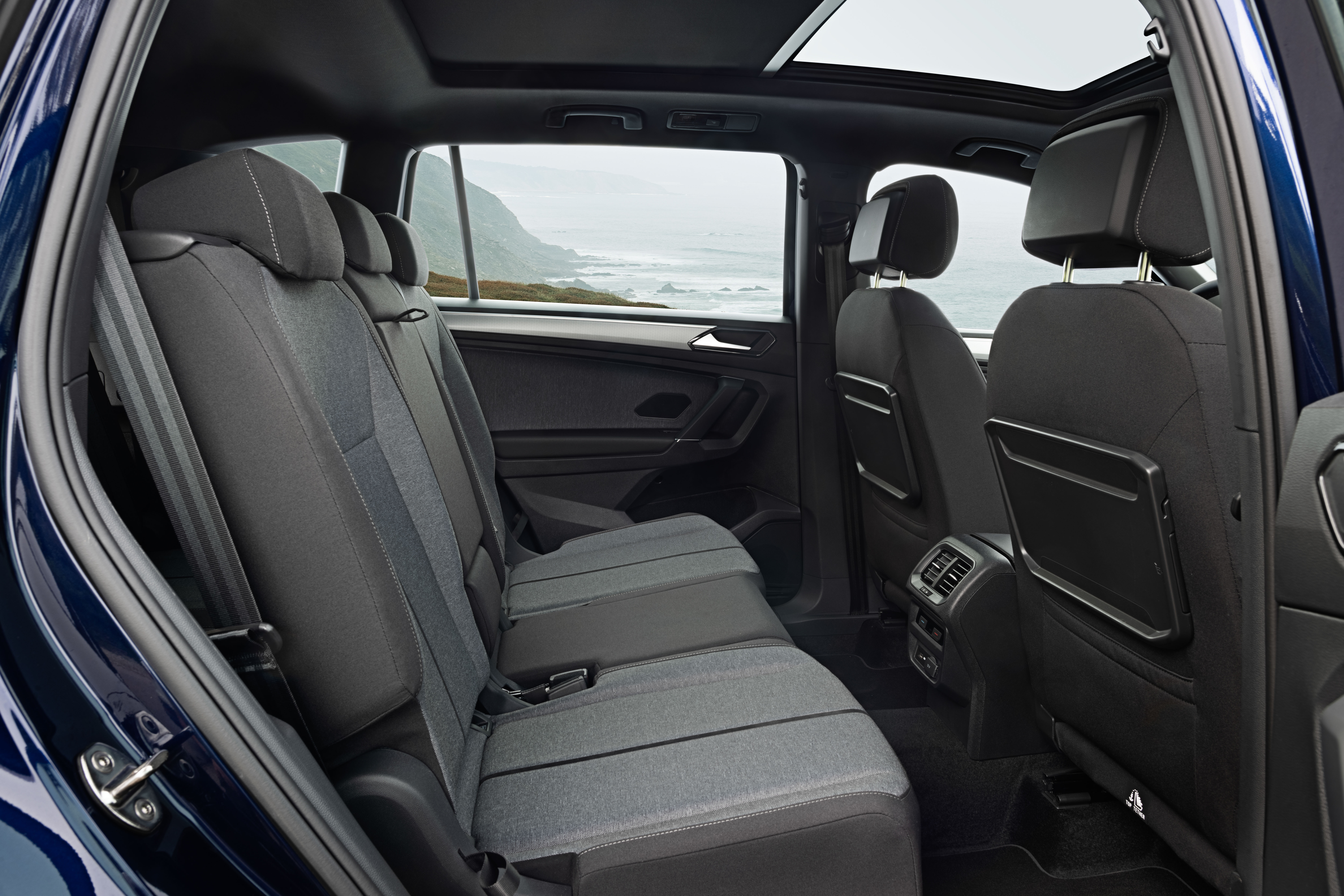SEAT Tarraco | Video Review | CarsIreland.ie
Published on 10 July, 2019
The SEAT Tarraco is a stylish and good value alternative to its VW stablemates
Overview
Overview
After the success of the smaller Ateca and Arona, SEAT have finally added a large seven seat option to their SUV line-up. In typical Volkswagen Group fashion, it's very similar mechanically to its Skoda and Volkswagen equivalents, but in typical SEAT fashion, it also happens to be the sharpest-looking and best value option of the three.
Interior Gallery
As is the case with most of the cars in this class, boot space with all seven seats in place is limited. It is also available with just five seats but for the €1,000 premium, most people will add the extra row for convenience sake. They’re also very easy to fold flat when not in use, creating a generous load area of 700 litres.
Space in the middle row is also generous, and not just for kids either. Head and leg room are both more than adequate for even taller teenagers and there are plenty of useful features scattered throughout to keep them happy too like USB ports and lap trays. One thing to note for those with small children is that there are only two sets of Isofix anchors in the middle row, unlike in the Peugeot 5008 where all three have them fitted.
The back row feels very similar in terms of space to the Kodiaq and the AllSpace, in other words, fine for a short journey but much better suited to small children and occasional use.
Standard features include an eight inch touchscreen display and a fully digital instrument cluster which you'll have to pay extra for in many rivals.
Spec is a strong point for the Tarraco. Starting at just under €36,000, the entry level seven-seat Active model comes with 18 inch alloy wheels, three zone climate control, a reversing camera, ambient lighting in the cabin, Apple CarPlay and Android Auto and a generous level of safety equipment that helped it score one of the most impressive NCAP ratings of any of the cars in its class.
You can upgrade to the Xcellence model for larger wheels, adaptive cruise control, SatNav and a few other styling upgrades. There is also an extensive option list to ponder which will allow you to add further niceties like a sunroof, a Beats Audio system and an electrically adjustable driver’s seat with a memory function which will remember exactly how you like to sit.
Our test car was powered by the top of the range 2.0l 190hp TDI diesel engine which gave it an immediate advantage because it is a big unit and it's nice to have that extra bit of power to carry it around. It certainly never felt short of power although the DSG gearbox does unfortunately suffer from a slight bit of turbo lag on take off. The 4Drive adds a rugged, go anywhere feel and it feels nicely planted on corners.
There are more budget friendly options available in the shape of the 1.5l TSI petrol and the lower powered 150hp diesel depending on how much distance you do and how much grunt you need. If you don’t need four wheel drive there’s really no point in paying for it because it can have quite an impact on the fuel economy.
In terms of handling, it feels very similar to both the Kodiaq and the AllSpace which is no bad thing because both of those cars carry their bulk quite well on the road. It’s comfortable, the driving position is good, and it just feels very assured and predictable in the best possible solid VW sort of way. Few SUVs are what you'd call thrilling to drive, but this is one of the better ones.
It may not have quite as many practical touches as the Skoda or the premium appeal of the Volkswagen, but it’s arguably the best-looking, and quite possibly the best value of the three. Definitely worth a test drive for anyone in the market for a stylish and practical SUV.
Facts & Figures
Car Tested:
2.0TDI 190hp DSG 4Drive XcellenceCar Tested Price:
€59,014 (inc. options)Starting Price
€34,700Fuel Economy
7.5l/100km0 -100 Kms
8sPower
190hpEmissions
196 g/kmTax
€390Seats
5-7Isofix
2 pointsBootspace
230-700lNCAP safety rating
5/5Latest Reviews

Bradys Cavan Appointed as Newest Kia Dealership in Ireland

Škoda Launches the Elroq RS

MG Expands Irish Network with O'Brien Motor Group in Mullingar




